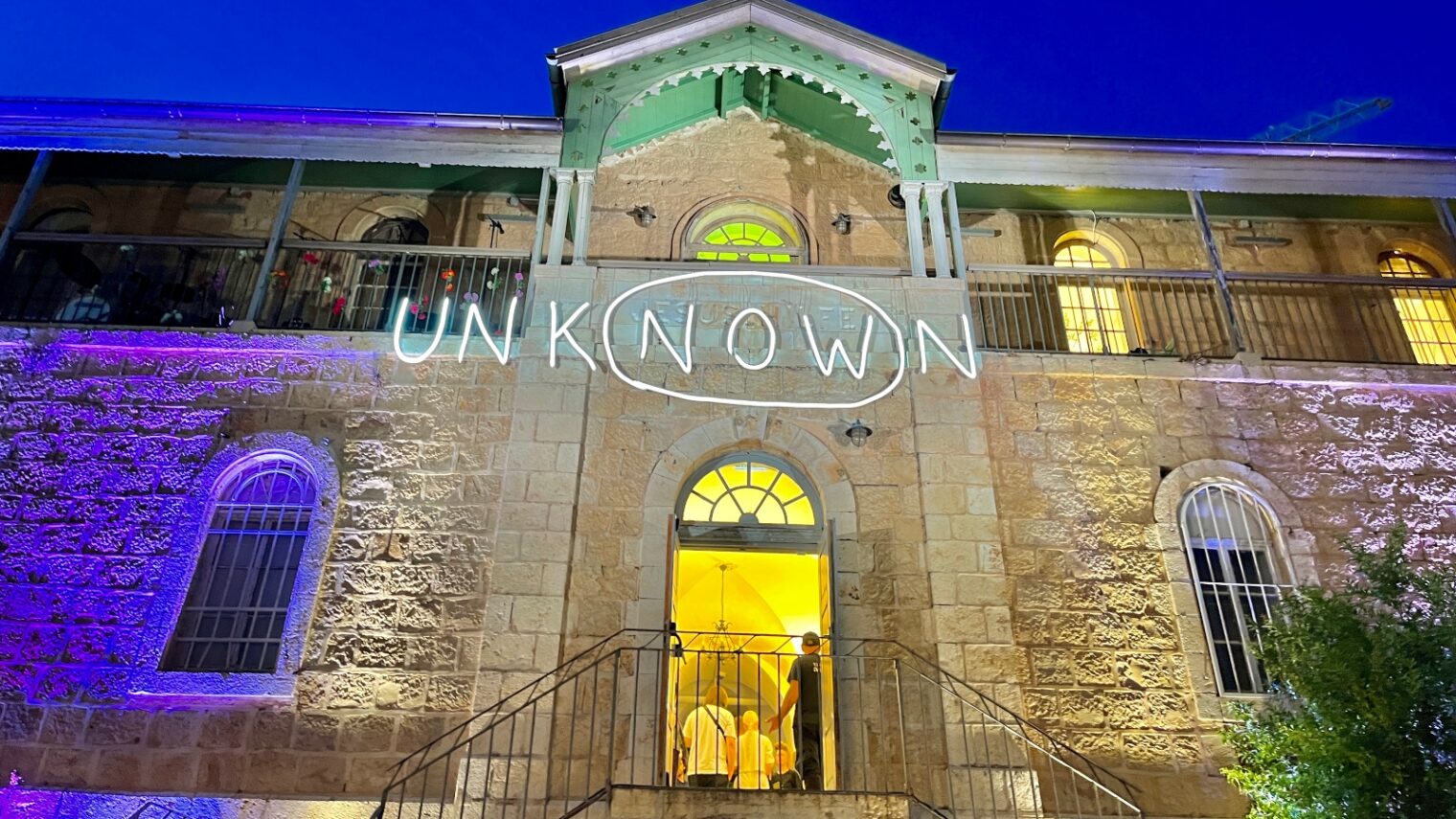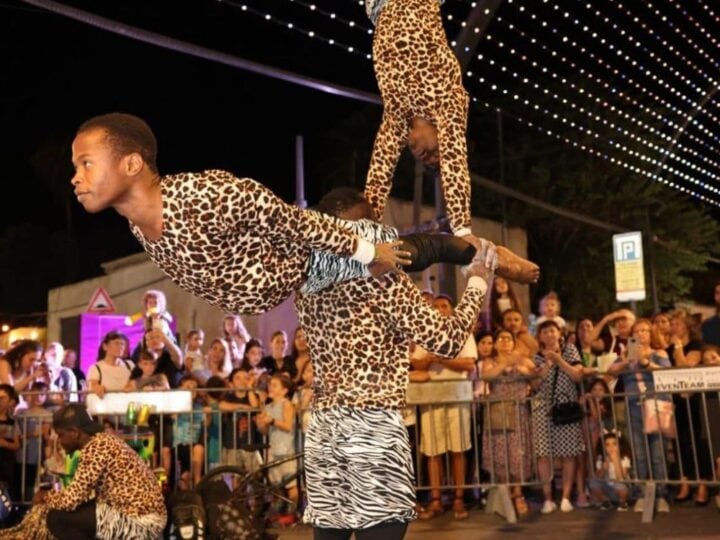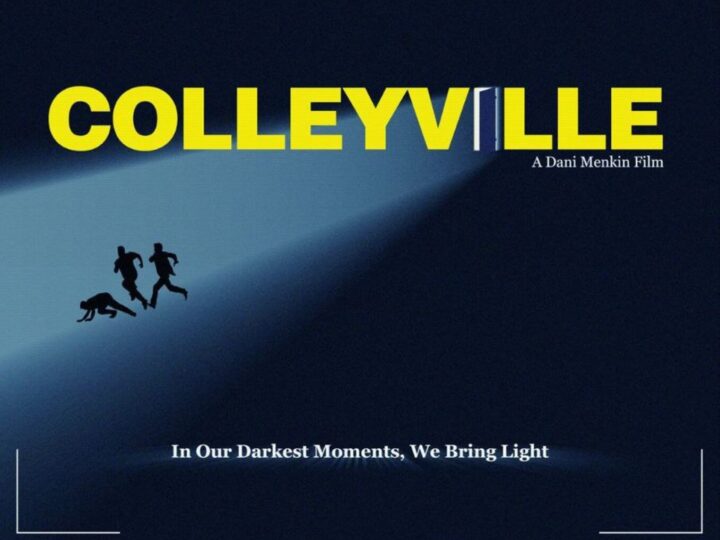Jerusalem Design Week has been the largest and most influential public design event in Israel since 2011, drawing local and international artists seeking to showcase their work.
Housed, as always, in Jerusalem’s Hansen House, the latest Design Week was themed “For Now” and focused on time, space and identity.
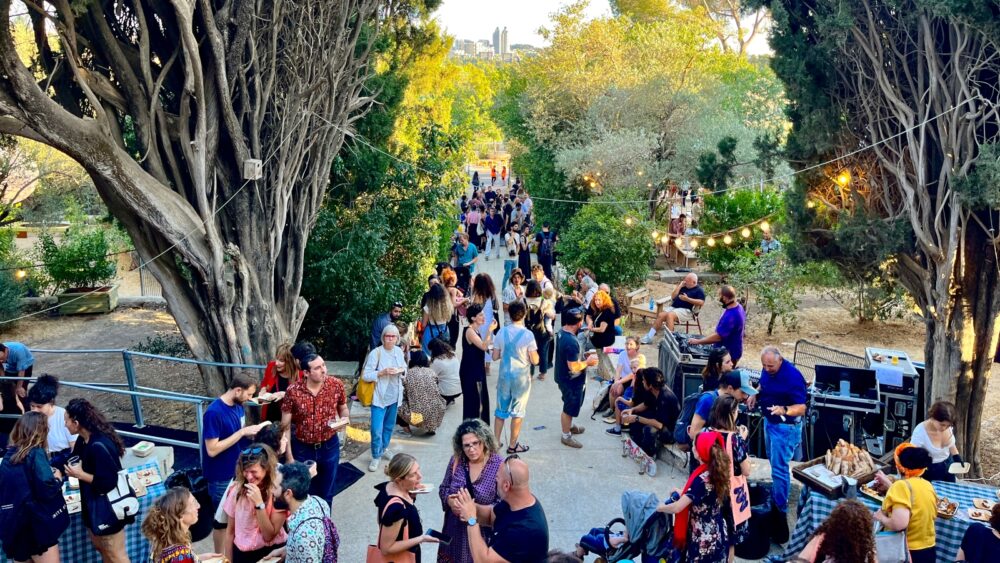
Some of the artwork tapped into the past, such as Shahar Kedem’s “Go for Broke.” Kedem uses archeology and design to showcase artifacts in a modern art context. Other pieces presented more avant-garde designs for a world that does not yet exist.
Here’s a look at the groundbreaking work of five Israeli artists whose exhibits ISRAEL21c explored at Jerusalem Design Week in June.
- Illusion and reality
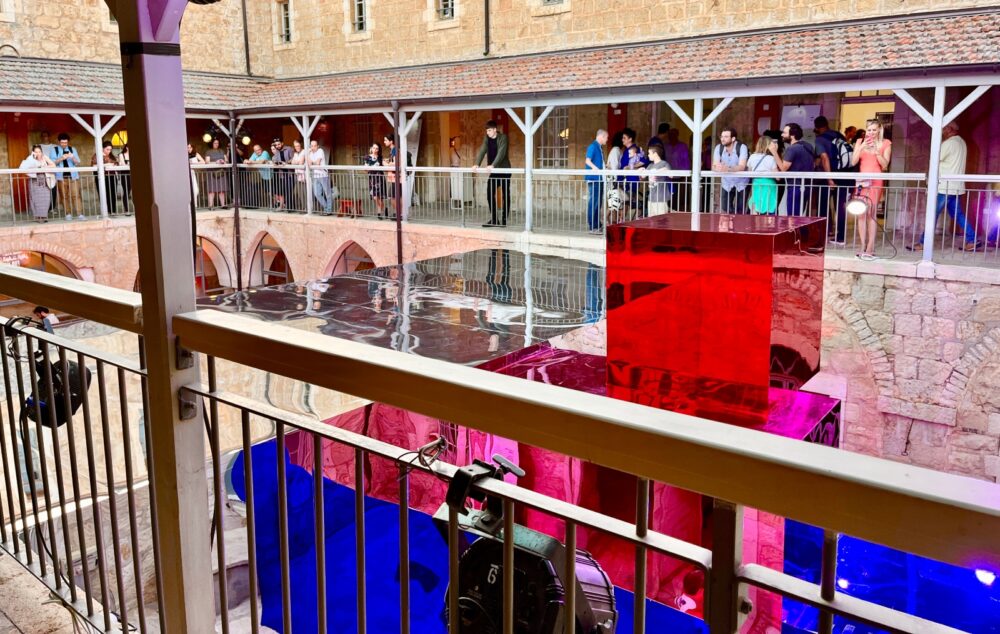
Irene Goldberg and Sigal Baranowitz of Baranowitz & Goldberg Architects used simple geometry for the architecture of the mirrored installation “Space Reflections” in the outside courtyard.
The installation examined the relationship between illusion and reality, and the opportunities that lie within the relative truth between the two. Visitors could walk through the exhibit or view it from a bird’s-eye view from the higher floors of Hansen House.
- Would you eat a chocolate bug?
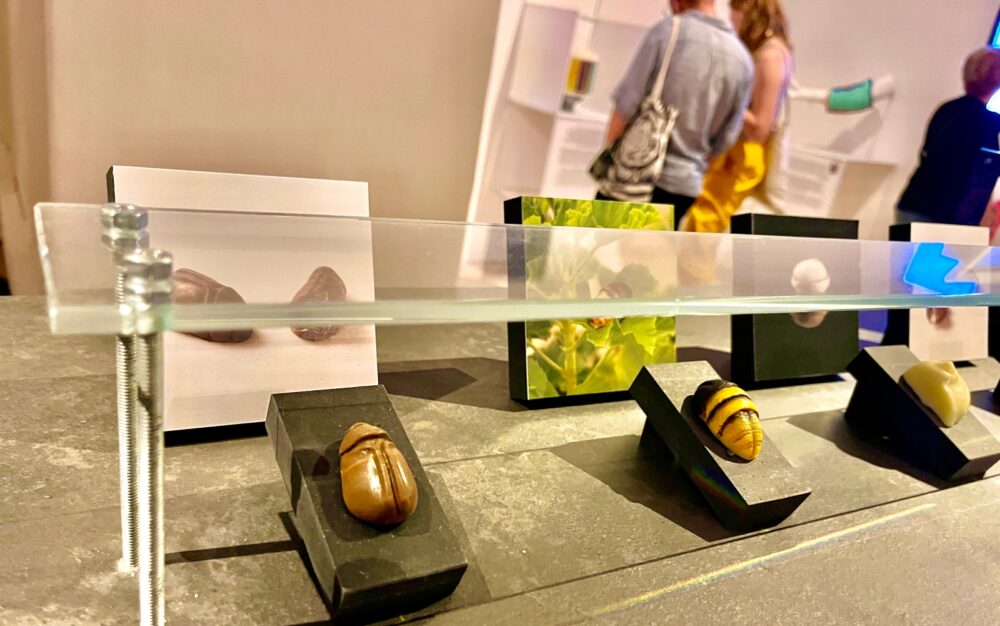
As we face a global food crisis in the coming decades, nourishment must come from new sources. Insect protein is one cheap and readily available alternative.
Israeli-born Nitzotz Saranga, an experimental designer and artist, aims in “Debug Yourself” to destigmatize the eating of bugs in Western countries.
Nitzotz invited viewers to examine and sample eight bug-shaped chocolate pralines to address the mental and physical barriers to consuming insects. While the last praline contained actual insect protein, the first seven chocolates merely simulated the experience of eating a bug in appearance, texture and sensation.
- Saving coral reefs
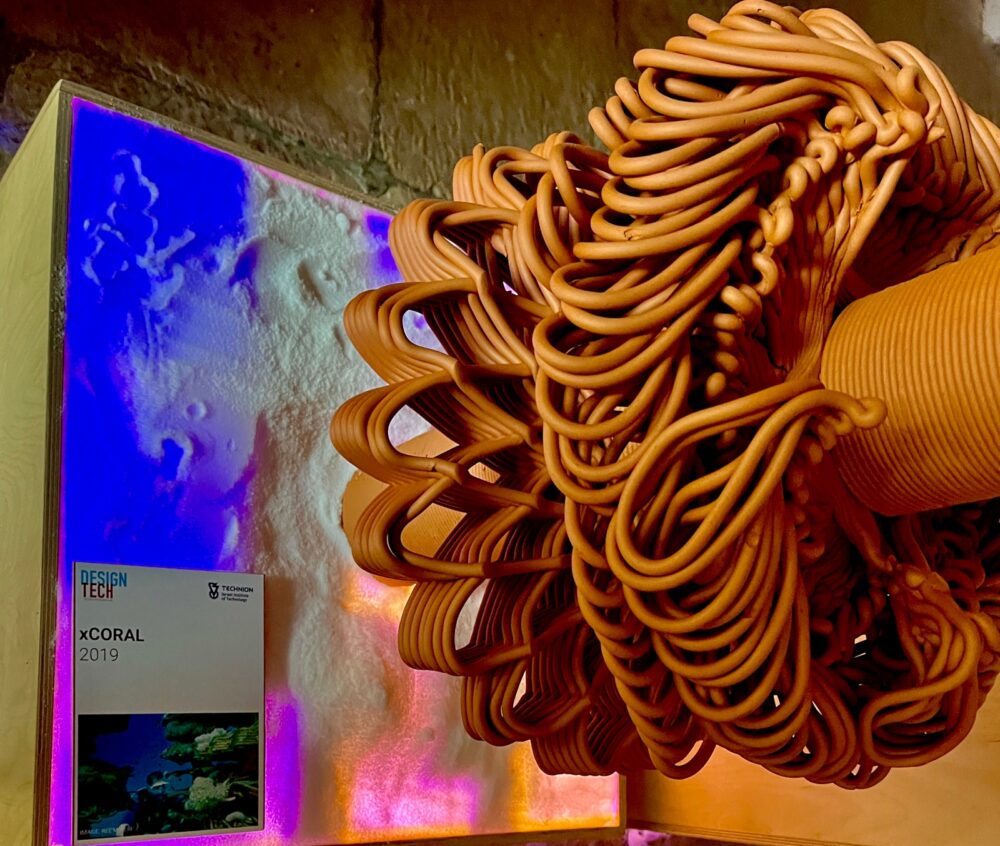
The Technion-Israel Institute of Technology’s “Deep Design” exhibit used science and 3D printing to address the impending impact of climate change on coral reefs. The explanatory material stated that heatwaves have caused approximately 45 percent of the world’s coral reefs to go extinct.
Alongside a team of marine biologists, the Technion’s Design-Tech Laboratory experimented with new technologies in the design process. These innovations incorporated natural ceramic material in a diverse arrangement of complex shapes that could thrive in an environment fit for coral reefs.
- Hang a wish
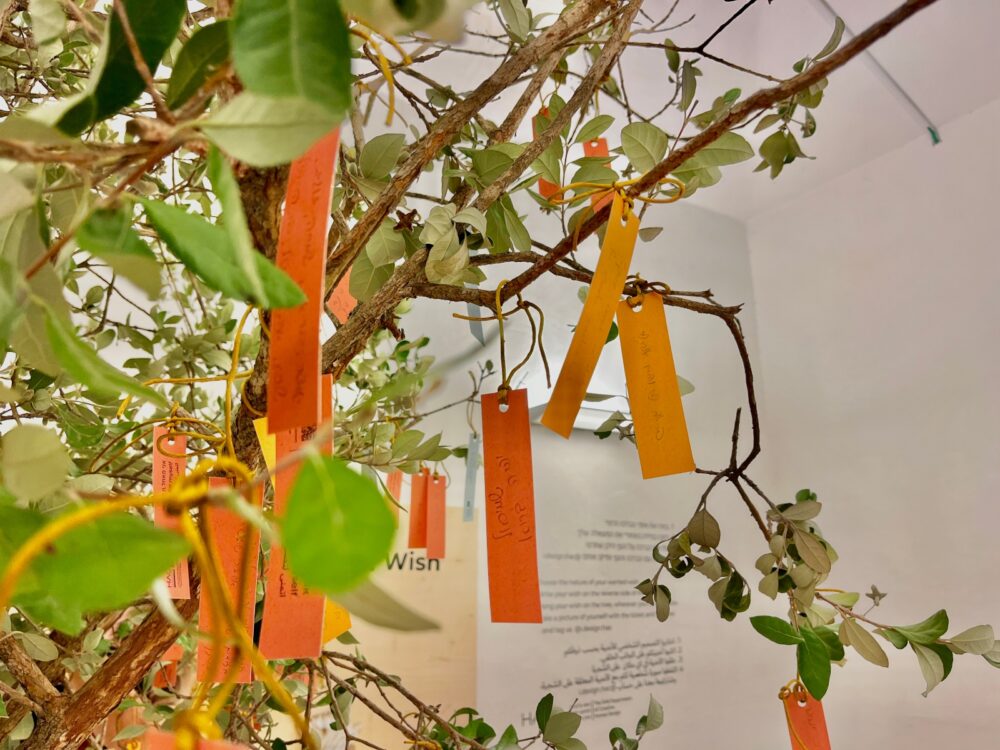
The “Wish” installation borrowed from the Japanese holiday Tanabata, when celebrants write
wishes on Tanzaku paper. The inclusive industrial design team at Hadassah Academic College invited visitors to write wishes for oneself, the world and one’s country on small cards to hang on a bamboo tree.
Wish raised questions about community and its defining features: What players make up a community? How is a community formed? Does it involve religious or social belief systems? These questions shift the dialogue in community building, looking to a future in which new types of communities can form.
- Not just office furniture
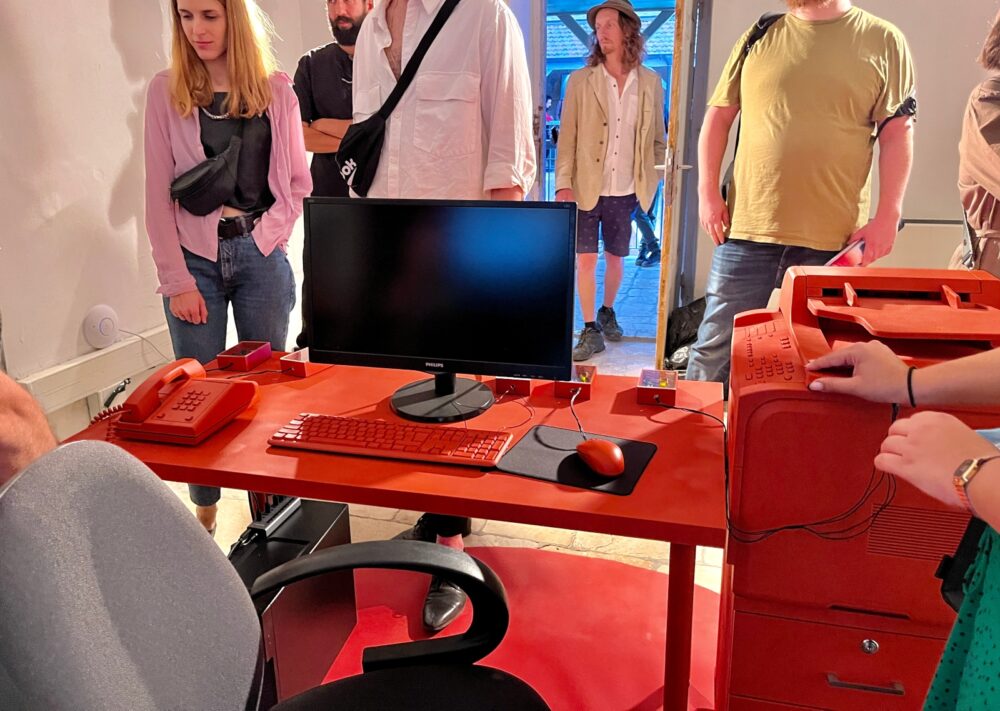
When you entered the “Present Sounds from the Daily Past” exhibit, it seemed to be an ordinary workplace with a desk, shelves, a computer and a printer. Despite its mundane appearance, the furniture served as an immersive and musical performance.
Sensors inside the exhibit’s structures enabled repetitive actions, like using a computer mouse, to become a part of a harmonious production of sound. This audiovisual experience from the Adjustable Architecture class at Shenkar College of Engineering, Design and Art confronted how moments from the past reinterpret the present.
Click here to see more exhibits from Jerusalem Design Week 2022.




